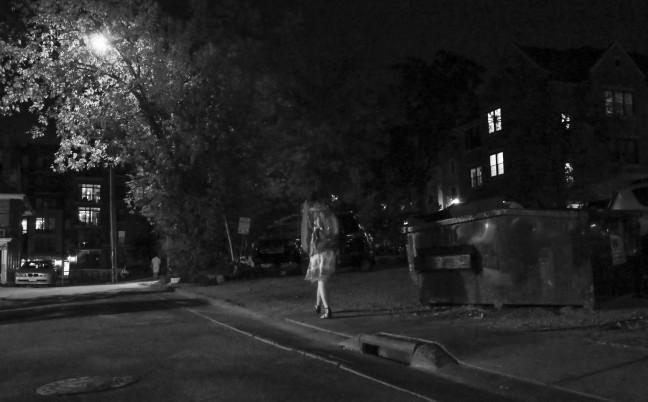Last spring, all enrolled students at University of Wisconsin received an email from the Association of American Universities urging them to complete a Sexual Assault Climate Survey. The web-based survey, which research firm Westat and representatives from involved universities created in one short year, was launched April 13 and remained open for three weeks.
The AAU Sexual Assault Climate Survey had three main goals:
- Research the occurrence and frequency of different forms of sexual assault, harassment, stalking and domestic violence.
- Gather data on student perspectives on the campus climate surrounding sexual assault and sexual misconduct.
- Evaluate student knowledge and perspectives surrounding school resources and procedures for responding to sexual assault and sexual misconduct.
AAU released UW’s survey results in a Sexual Assault Climate Survey Task Force Report Sept. 21.
Findings
Results of the survey confirmed the high prevalence of sexual assault, especially on UW’s campus. According to the report, 27.6 percent of female undergraduates have experienced sexual assault involving force or incapacitation since entering college. The oft-quoted statistic that 1 in 4 women will be sexually assaulted is clearly an underestimation, at least in UW’s case.

Meredith Head/The Badger Herald
Incidences reported in the findings above identified the perpetrators as male and fellow students 98 percent of the time. Academic struggles were reported as one of the most common consequences of sexual assault — survivors have difficulty concentrating on studying, exams and assignments.
Given that most perpetrators are students, survivors of sexual assault on campus likely experience intense fear of seeing the person who hurt them at the library, in their dorm or even in class.
https://badgerherald.com/news/2015/10/20/inside-27-6-survey-reveals-what-is-already-known-about-persistent-sexual-assaults-on-campus/
Although alcohol never directly causes sexual assault, it’s a common factor in sexual violence at UW. For female students reporting nonconsensual penetration by force, both the offender and victim were drinking alcohol approximately 75 percent of the time. UW’s notorious drinking culture along with widespread rape culture makes a dangerous combination.
Any time consent seems blurry, hit pause.
Freshmen and sophomores, students with disabilities, non-heterosexual students and American Indian or Alaska Native students reported disproportionate instances of sexual assault and misconduct.
Issues with the survey
Any attempt to eradicate sexual violence on college campuses is admirable. Research on sexual assault has only recently entered the public sphere, and efforts at constant improvement face significant challenges. But this particular survey was lacking in several respects.
- Participation of genderqueer students was limited. Women were more likely to respond than men. Merely 83 respondents identified as either transgender, genderqueer, nonconforming, questioning or gender not listed — not even enough to compare across other demographic groups. Participants “who declined to state their gender were randomly allocated to the male or female categories,” — a terrible research practice. Pushing participants into binary categories for analysis erases their true identity in the literature and skews data for males and females.
- The sample is small. Only 22.2 percent of students completed the survey in full. Surprisingly, UW’s response rate exceeds the aggregate result from other participating universities and public institutions.
- The sample is not racially diverse. Participants were overwhelmingly white, with only 139 black students completing the survey. It’s essential in the battle against sexual assault that researchers improve outreach to communities of color — too many voices are missing.

Meredith Head/The Badger Herald
- The study lacked sufficient experts. Despite an ample and growing community of psychologists, forensic experts and legal professionals who study sexual assault, none of the leading researchers in gender-based violence were involved.
- No information was collected on perpetrators. While data on victims of sexual assault is essential to understanding the issue, researchers must investigate the true source of the problem. Potential perpetrators, once located, can be reached with education on consent and sexual violence.
Going forward from here
In the report, Chancellor Blank expressed her deep concern for the well-being of students and referred to sexual assault as an unacceptable safety issue.
Sexual assault absolutely affects safety, both physical and mental. But sexual assault is more than a safety issue — it’s a violation of human rights.
Framing sexual assault as a human rights issue rather than a safety matter emphasizes the violation and power dynamic of rape, harassment, stalking and other forms of sexual violence. We have the right to be safe from sexual crimes and to walk at night without fear.
The body is not a public space. Alcohol, clothing, behavior and flirting don’t entitle anyone to our bodies. Despite the survey, further research and prevention efforts must be launched to combat sexual violence as a human rights violation.


